Disclosure: Meeple Mountain received a free copy of this product in exchange for an honest, unbiased review. This review is not intended to be an endorsement.
In 1912, while working at the Parke-Davis pharmaceutical company, Wilbur Lincoln Scoville created the “Scoville Organoleptic Test”. This subjectively measured the pungency, “spiciness” or “capsaicin concentration” of various chili peppers*. Over the years, researchers have created a high-performance liquid chromatography (HPLC) and Fourier-transform infrared spectroscopy (FTIR) spectroscopy to scientifically measure the concentration of capsaicin units in peppers, a system that still bears Wilbur Lincoln’s name. We now measure the Scoville Heat Units of chili peppers on the Scoville scale.
In the game, Scoville: 2nd Edition (Trick or Treat Studios, 2025) you’re taking part in the annual Scoville Town Chili Pepper Festival. Here you’ll plant and harvest peppers, earning awards—and points—for being the first to plant certain peppers, for selling peppers at the local market, and for using the right combination of peppers to create the most fiery chili recipes. Be the player with the most points when the Festival ends, and you’re the winner.

That Thin Membrane Where the Seeds Are? Yeah, That’s Where the Heat is Concentrated
The Scoville: 2nd Edition (known from here as Scoville: 2e) board comes in five sections: four puzzle pieces that form the outer border and a central square with pepper-shaped holes in neat rows and columns. Once assembled, shuffle the Morning and Afternoon Auction deck…
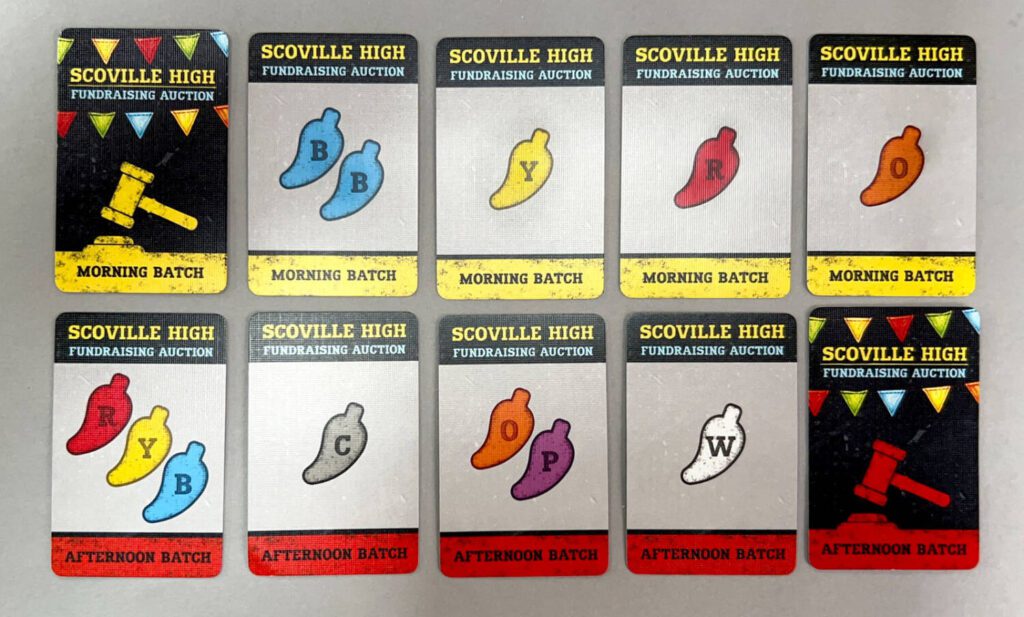
and Morning and Afternoon Market decks,…
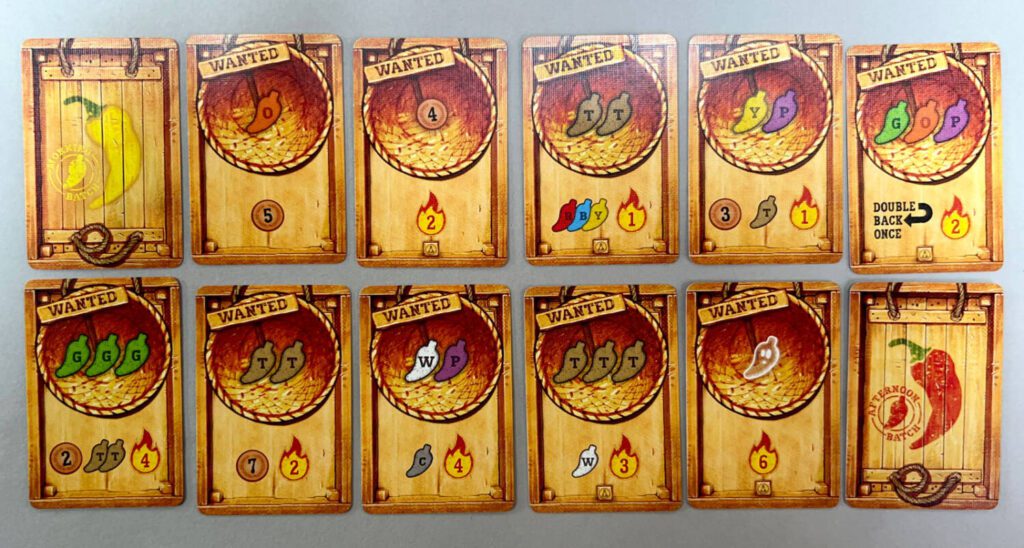
…as well as the Recipe deck.
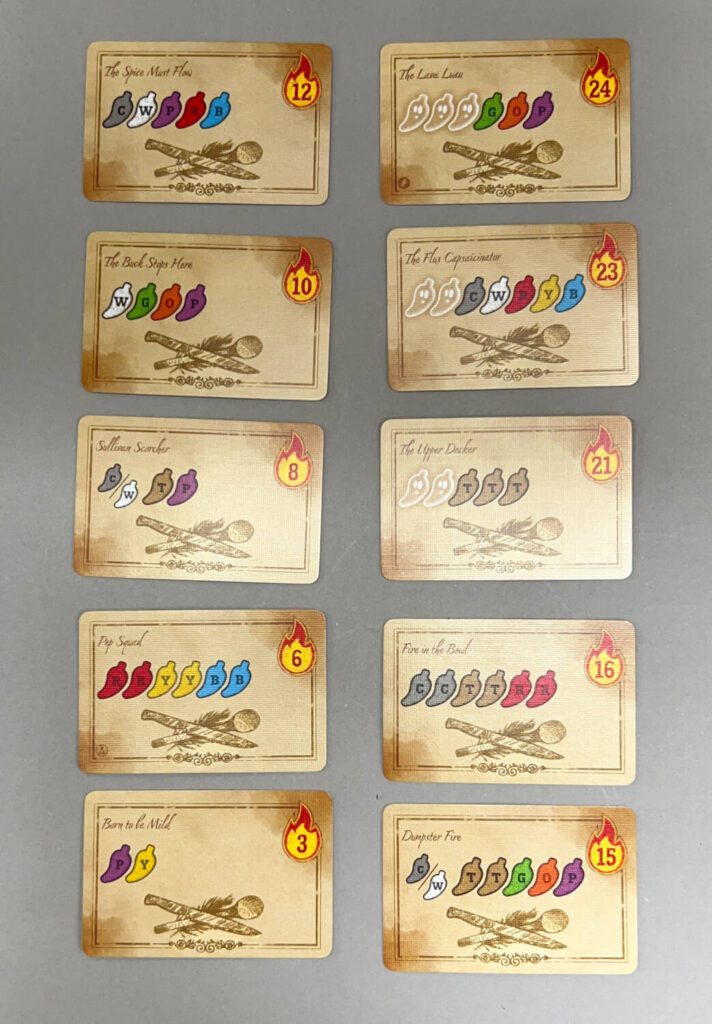
Deal out the proper number of Morning Market and Recipe cards based on your player count. Return the remaining Morning Market and Recipe cards to the box. Place the Afternoon Auction cards next to the Morning Auction cards, and set the Afternoon Market cards on the back of the flatbed truck in the upper left section of the board. (We’ll get back to the Afternoon cards as the game day progresses.)
Set out the Planting Award cards on their spaces on the bottom right of the board, with the highest point value card per type on top,.
Each player receives a small screen to hide their peppers and money behind, one red, one yellow, and one blue pepper, and ten coins. Set your farmer meeple to the side. Randomly determine the starting order and have your player discs reflect that order in the area beneath the planting field.
All players receive a large player aid with the Scoville Almanac Breeding Chart on the other side.
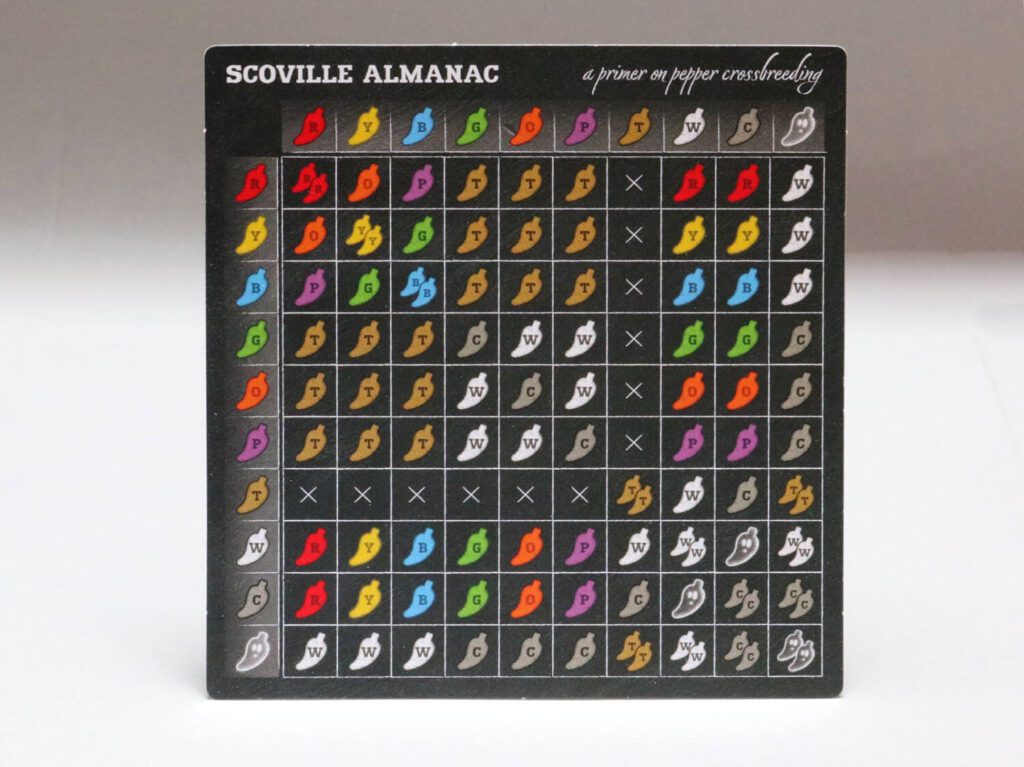
The first player takes a red, yellow, and blue pepper from the supply and blindly chooses two of them. Place each of these in the center spaces of the planting field, in the spaces surrounded by green.
Wouldn’t You Like To Be A Pepper, Too?
A standard round and turn will consist of an auction to determine turn order, a planting phase followed by a harvesting phase and a fulfillment phase.
With the exception of the first round, (where turn order was randomly determined), all other rounds will start with a player auction. Take a number of coins from behind your screen (or not—you can choose to enter a bid of $0) and hold them in a closed fist over the board. On a count of three, everyone opens their hands and the highest bidder wins. (If two players tie in an auction, the player who went before the tied player in the last round wins the tie.) Players, in turn order, then take their choice of the available Auction cards.
The first player then takes one of their peppers from behind their screen and plants it in one of the open spaces in the planting field. Look at the Planting Awards cards when you do so. If you’re the first person to plant a pepper of the shown type, you claim the card, and the associated points.
When harvesting peppers for the first time, you’ll take your Farmer meeple and place it on the star in the center of the planting area. You’ll move your Farmer along the rows/columns paths, stopping at the circle between two planted peppers. If there are peppers on either side of your Farmer, you’ll consult the Scoville Almanac Breeding Chart to see which color of pepper your Farmer has harvested.
You’ll move your Farmer three times per turn, stopping at the spot between two peppers and collecting the pepper indicated on the chart at each stop. You can move your Farmer in straight and/or right angles as long as they don’t double back in those directions. (Meaning if you move your Farmer up once and to the right once, your third movement cannot be to move down or to the left.) After those three ‘steps’, your Farmer remains where it stopped. It will start the next turn’s harvesting from this location.
After all players have harvested, you get a chance to trade in those peppers for points. The first player in this Fulfillment phase can choose an award in the Farmer’s Market and/or claim a chili Recipe, returning all peppers shown on the card(s) to the general supply.
Turning Up the Heat: Morning Becomes Afternoon
If there are fewer Market or Recipe cards than there are players, when that round ends, the Morning phase ends. Return all Morning Auction and Market cards to the box, including those still in the Market area. Take the two Afternoon decks and set them out as you did with the Morning cards.
With the coming of the Afternoon phase, the game has passed the halfway point. Afternoon cards will speed up the ending with noticeably better offerings.
Play continues as it did during the Morning Phase. When, during the Fulfillment Phase, there are fewer Market and Recipe cards, the game ends at the end of the round.
It’s Not the Heat, It’s the Humidity
Before doing the deep dive into my thoughts on Scoville: 2e, I want to mention a few issues I have with the game’s production:
- Scoville: 2e is not colorblind-friendly. All the plastic peppers are the same shape and size. There are letters indented in the tops of the peppers, but no one in my group could read the letters once the peppers were in the Planting Field. The tops of these plastic peppers produced too much glare to be read. The peppers on the Market, Auction, and Planting cards also have these letters on them, but the recipe cards do not. This is frustratingly unfortunate. I have a colorblind friend who loves hot peppers and wanted to play Scoville: 2e. I’ve had to tell him we can’t.
- The plastic peppers sit flush on a table, making them difficult to pick up. Difficult as in, almost impossible. I wonder how this made its way through final play testing. Just a slight, angled edge along the bottom of the peppers would have solved this.
- In the first edition of Scoville, the peppers were wooden pieces. In comparison, the plastic peppers cheapen the look of the game on the table.
It’s Not Hot Enough Unless I’m Crying
If you looked at the Breeding Chart and thought, there’s no way I want to play a game that involves a spreadsheet I understand the feeling. I ask, though, that you suspend your disdain for column and row accountancy for a while. This chart is something you’ll want to consult.
The Scoville Almanac Breeding Chart is going to be your best friend in this game. It will help you determine where you want to be in turn order, what pepper you plant where, what path you want your Farmer to take, and which Recipes you choose to pursue. In all my games, each of us studied this chart intently, and it wasn’t a drag. It’s a simple x-y coordinate pairing to find your optimal actions.
Consider those tasty 24-point Recipes. Each one requires multiple Ghost peppers. Think those are easy to come by? Of course they’re not. To Harvest a Ghost pepper, you’re going to have to plant a Chocolate pepper next to a White pepper—and then find a way to move your Farmer between them before another player does.
This is where the most interesting decision of the game comes in. Until now, you could see Scoville: 2e as just another dull pick up and deliver, resource management game. What sets this game apart from the others is my favorite mechanic in the game: turn order.
Take another look at the image for turn order. In turn order, the first player gets first choice of the Auction peppers, Plants a pepper first, and has first crack at choosing a Market card and/or Recipe. However, the player who is last in turn order gets to Harvest first.

Think about this. Farmers cannot move through another Farmer. If your Farmer is stopped between that Chocolate and White pepper and if I go after you in turn order, I cannot move into that space to Harvest that precious Ghost pepper. In fact, depending on how your game’s pepper field gets planted, it’s possible that where you stop your Farmer will cut off an entire section of the field from anyone who goes after you.
One recent game came down to my decision to claim the turn order auction with a big bid. I needed to go first. It wasn’t that I wanted first choice of the Auction peppers or where to plant which pepper; it was because I needed to go first in the Fulfillment phase. I knew we were all eyeing the same Recipe card—the last one worth 20+ points—and if I didn’t go first, one of them was going to grab it first. That decision won me the game.
The Breeding Chart is a statement of fact. You’ll study it to know which pepper to plant, where, and the path you choose to move your Farmer. Turn order is where you’ll spend most of your decision space, second-guessing yourself and your opponents, weighing the peppers you have, the peppers you’re hoping you’ll Harvest on this turn, and the points they can bring you if you can claim them in time. It is the mental crunch of a chili in your mouth that triggers. the TVPR1 capsaicin pain receptors to your brain, that release the glorious endorphins that tell you this is a really good game at the start of each turn.
Each of my games of Scoville: 2e have played out differently. Which peppers being planted next to which other peppers will guarantee a different game each time. However, when you add to that the large number of Market and Recipe cards, this is a game with loads of replayability.
Have Any Ice Cream†?
Several turns into our first game, we all stopped as we considered turn order for the next turn. My weekly gaming group does not just play games; they enjoy giving me feedback on what we’re playing. Here, we’d all reached an appreciation for what being the first to Plant & Fulfill vs. first to Harvest meant. When we set it up to play the next week, we all discussed how much we appreciated the complexity this simple mechanic brought to the game.
Scoville: 2e is an easy game to recommend. Let me put it this way: if I had played this with you at your house, I would have ordered a copy for myself when the game was over.
So, turn up the heat and see how challenging planting and harvesting—and then fulfilling those peppers into points—can be.
________________________
* One of my personal Heroes in Life††, Alton Brown, described Wilbur’s testing criteria in Good Eats, Season 4, Episode 13, Chili’s Angels, by saying:
Here was his method: He would take a chili — say a bell pepper, which really is a chili — and he would cut off a little piece of it, and he would grind that up into a paste. He would then feed this paste to each of his subjects. Then he would stand by with a container of sugar syrup, and he would see how many squirts it took of that syrup to cool the fire in their mouths.
Based on that data, he would then assign that chili a certain rating based on a scale of 100. And that scale became known as the Scoville Heat Scale.
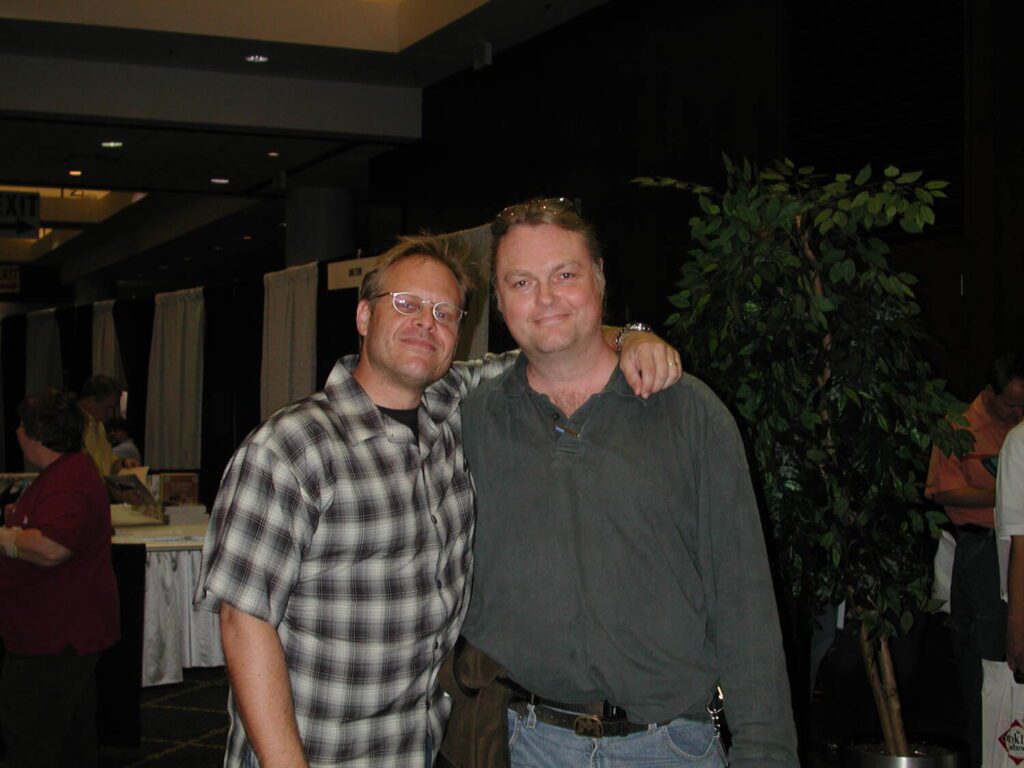
† Ice water does nothing to reduce the intense burning capsaicin causes. The next time you’ve taken on too much heat, try ice cream. It contains casein, a protein in milk that binds to capsaicin and, much like soap with grease, washes it away from your tongue.
†† Others on this list include Edward R. Murrow, Linda Ellerby, and Stephen Colbert. Stop by my office at work some day and I’ll show you their photos on the back of my door and provide you with detailed reasons why they’re all my heroes.


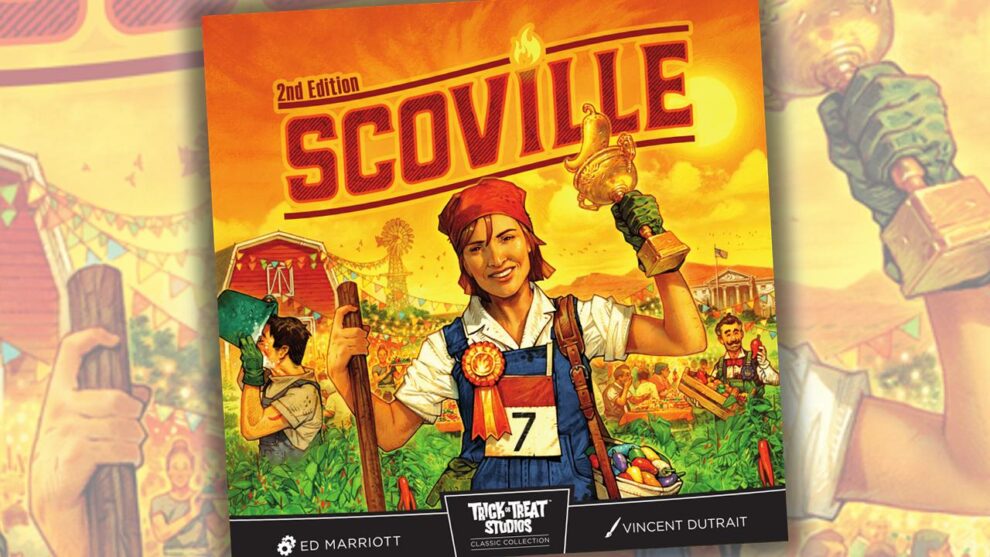

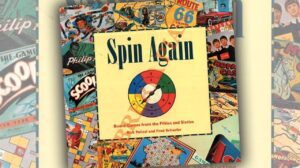
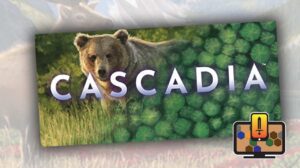
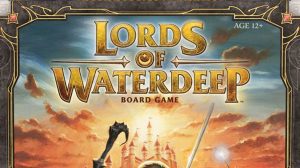




Add Comment